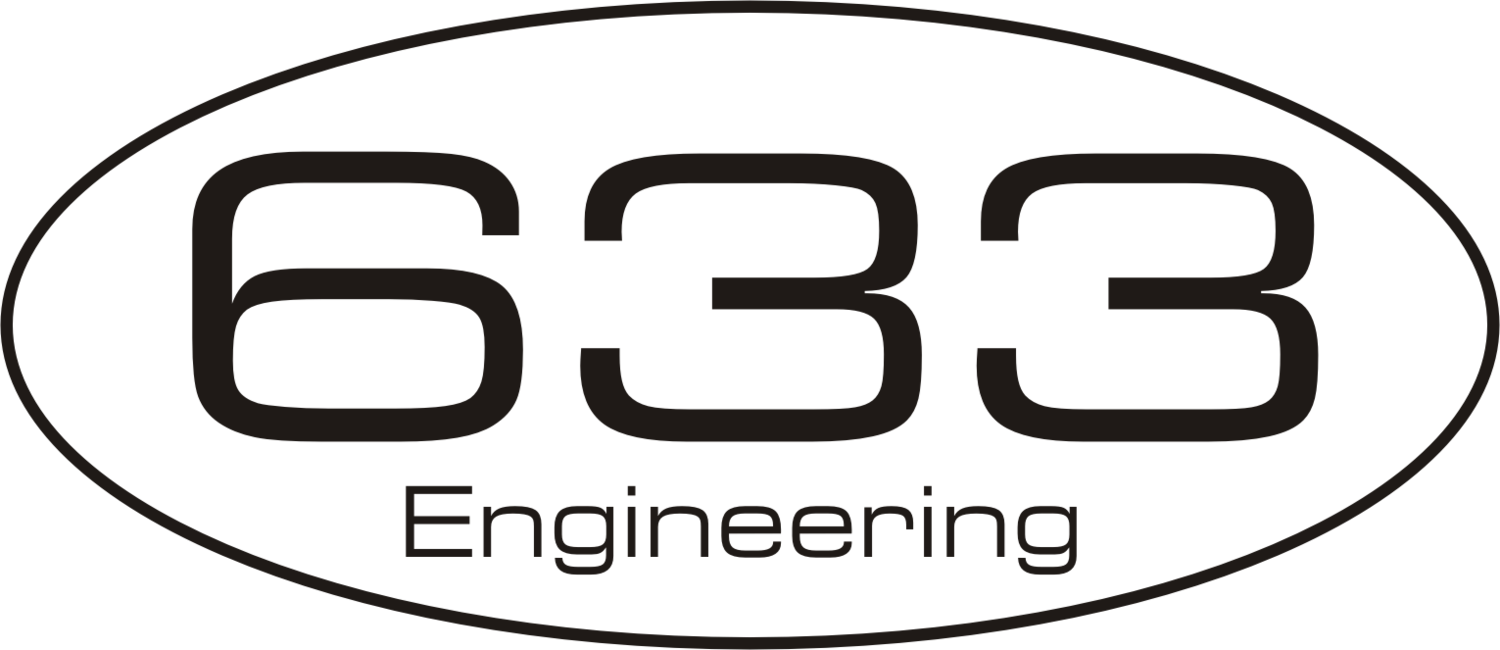FX loops pros and cons part 2
In part one of this series I looked at how effects loops in guitar amplifiers evolved and at some of the challenges in making them operate well. I have also discussed power amplifier distortion in previous articles so let's take a look at how this affects the effects loop, and how the effects loop affects the power amp distortion.
An amplifier without an FX loop may produce distortion in its pre amp or in the power amp. Try this - with the amp to a clean tone set up a delay pedal in front of the amp to produce a few repeats at a lower level than the dry signal. Keeping the same settings on the delay pedal change the amp to a distorted tone. Notice how the delays seem to increase in volume and get 'mushy'. Now reduce the level of the delay until it sounds balanced again. Go back to the clean sound and see how quiet the delays are now. (If your amp doesn't distort until very loud you can use an overdrive pedal after the delay to produce a similar effect). What is happening? Well the distortion is effectively compressing the signal and this will increase the gain of the delayed signal until the louder repeats distort and sound the same volume as the dry signal.
Now this sound can be quite appealing. Two guitarists that spring to immediately spring to mind who use this way of working are U2's The Edge and Brian Setzer. But other players will want the delays to be undistorted, for example Steve Lukather or Joe Bonamassa. This can be achieved in several ways - if the distortion is produced solely with pedals then the delay can be patched in after the distortion pedals. If the distortion in produced by the preamp section of the amplifier and the amp has an FX loop the delay processor can be patched into the FX loop. And if the distortion is produced by the power amplifier then a signal can be taken from this amplifier either with a line out from across the speaker or a microphone, into the delay processor and then to another amplifier and one or more speakers. This set up is commonly known as a dry-wet arrangement or wet-dry-wet if the delay is in stereo. Larry Carlton and Steve Lukather are players well know for using this type of set up.
Image courtesy of Seymour Duncan
So what are the advantages and disadvantages of each type of set up? The first scenario requires nothing from the amplifier to work but the distortion tone is limited to what is available with pedals. The second obviously requires the amp to have an FX loop and in some cases (Dumble and clones) an external interfacing box too. And again the distortion tone is limited by what is available from the preamp and any pedals at the front end. For those that desire the big fat tone of an overdriven power amplifier with delay applied to it then the third scenario is the way to go. The obvious disadvantage is the amount of equipment required to do this. Hence it is a more common option for the professional player. In fact you may be surprised by some of the players who actually have a small combo hidden behind their walls of (dummy) Marshall stacks, mic'd up and running through effects and then into the PA to get their tone.
Personally I like at least a hint of power amp breakup on my delays so if I'm not hammering the power amp an FX loop is the perfect place to install a delay processor. Sometimes I do use a lot more power amp distortion - the Variable Headroom feature on the 633 amps allows me to do this at lower power and volume levels without the use of a power soak or attenuator - in which case I take an attenuated line out from across the speaker, feed this into a rack processor and then to a stereo power amp and two 'wet' speakers. Here I usually use a solid state power amp and guitar speakers. I believe Larry uses a mic and two full range speakers for his set up. Either way works well.
All this can be great fun - playing a gig wrapped in a blanket of stereo chorus, reverb, pitch shift and delays. But sometimes the novelty can wear off and either the reality of humping round a truck full of gear kicks in or you simply want to hear your guitar again!. Then it's back to the guitar in one hand and combo in the other............



